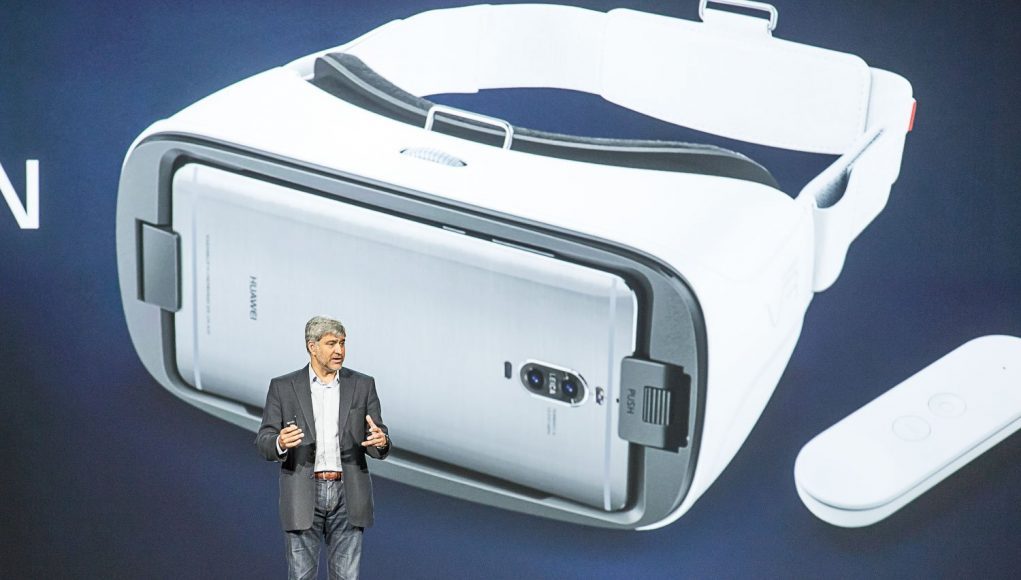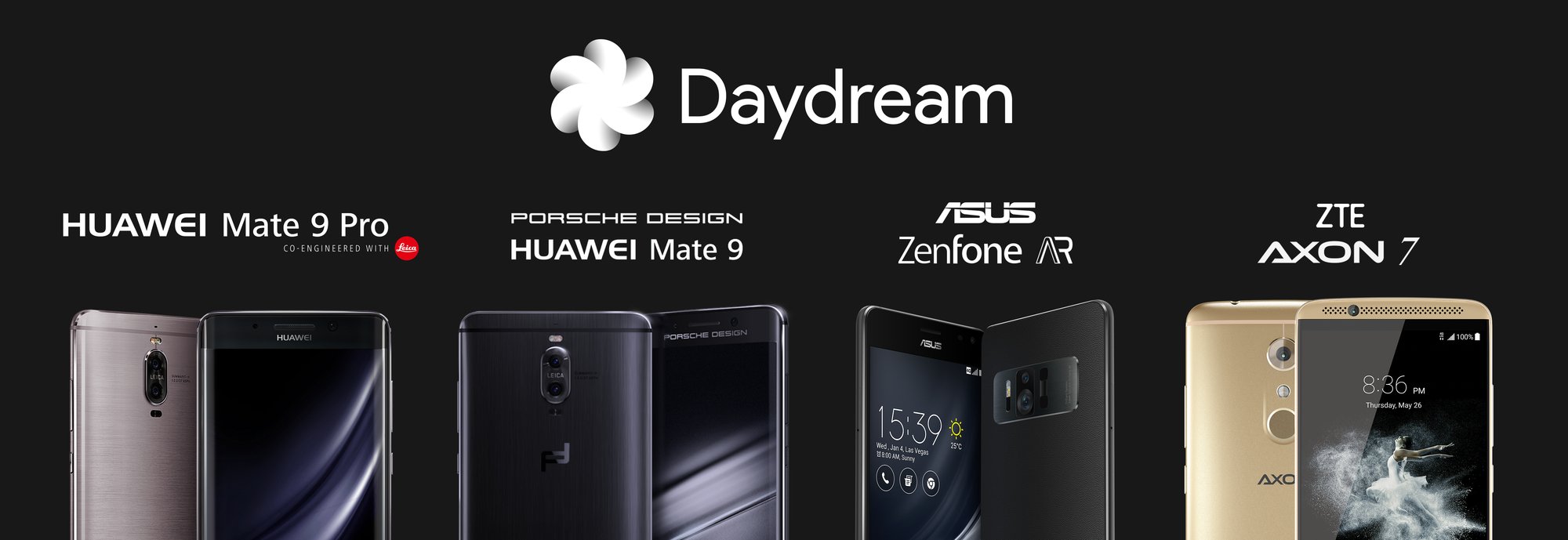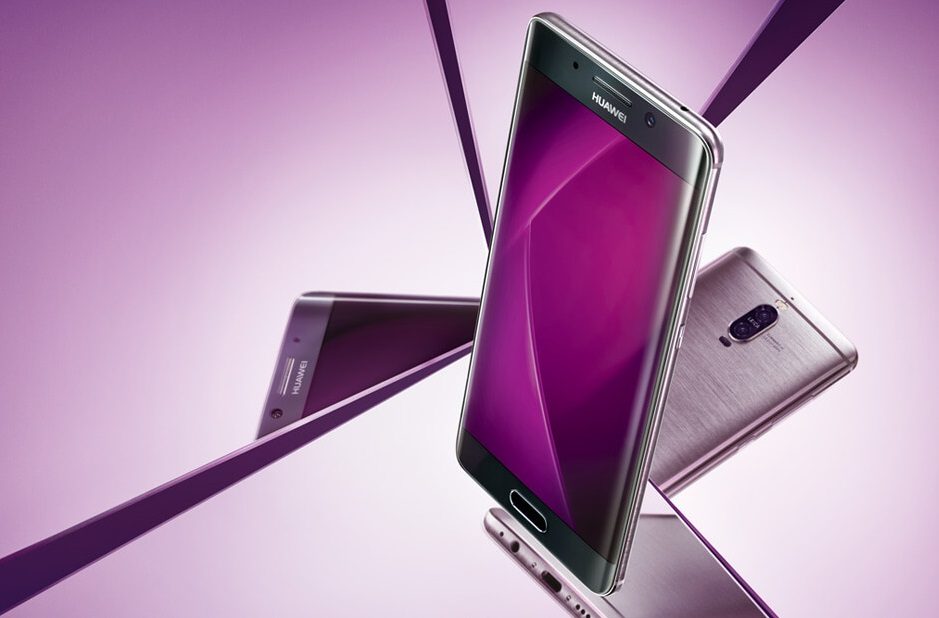Amit Singh, lead of business and operations at Google’s VR/AR team, today officially announced on stage during the Huawei keynote speech that the Huawei Mate 9 Pro and Mate 9 Porsche Design will be the next phones to conform to the Daydream VR platform. While this generation of Huawei handsets won’t have Tango support, unlike Asus’ ZenFone AR which supports both Daydream and Tango, Google says they’ll be working to bring the platform’s AR capabilities to future Huawei devices.
“What we found is building smartphones for VR is a lot of work. It requires a close partnership deep at the engineering level to design the right optics, display technologies, sensors,” said Singh. “We’ve actually worked very closely with Huawei to optimize performance on the Kirin chipset. It’s really an industry-leading SoC which I think will bring choice to consumers and give us really immersive computing which is especially more than VR.”
The current count of Daydream-compatible phones includes Google Pixel and Pixel XL, Moto Z and Z Droid, Asus ZenFone AR, and ZTE Axon 7, with more to come from Samsung, LG, HTC, Mi, and Alcatel. As for Daydream support on other phones, older handsets need not apply.
“We’re actually working closely with Huawei, just like we did in VR, to bring augmented reality to Huawei’s lineup using Tango technology for motion tracking, AI learning and depth perception.” said Singh.
Tango (ex-Project Tango)is an augmented reality platform developed by Google that uses machine vision, giving smartphones and tablets access to real-world positional data for environmental mapping.
Huawei has also created their own Daydream VR headset according to the Daydream View reference design. While it does look very close to the VR headset revealed last May at the Mate 9 product launch in Shanghai, that particular headset has been said to be a China-only product that mimics the clip-in design of the Samsung Gear VR.
We have feet on the ground at CES, and we’ll be heading over to Huawei’s booth for a closer look at the Daydream headset. Check back for hands-on articles and breaking news of everything VR/AR at this year’s CES in Las Vegas.
Huawei Mate 9 Pro specs:
- 5.5 inch AMOLED display
- 1440 x 2560 pixels (~534 ppi pixel density)
- Hisilicon Kirin 960
- Octa-core (4×2.4 GHz Cortex-A73 & 4×1.8 GHz Cortex-A53)
- Mali-G71 MP8
- Dual 20 MP +12 MP, f/2.2, OIS, 2x zoom, Leica optics, phase detection & laser autofocus, dual-LED (dual tone) flash
- Android OS, v7.0 (Nougat)
- Non-removable Li-Po 4000 mAh battery









